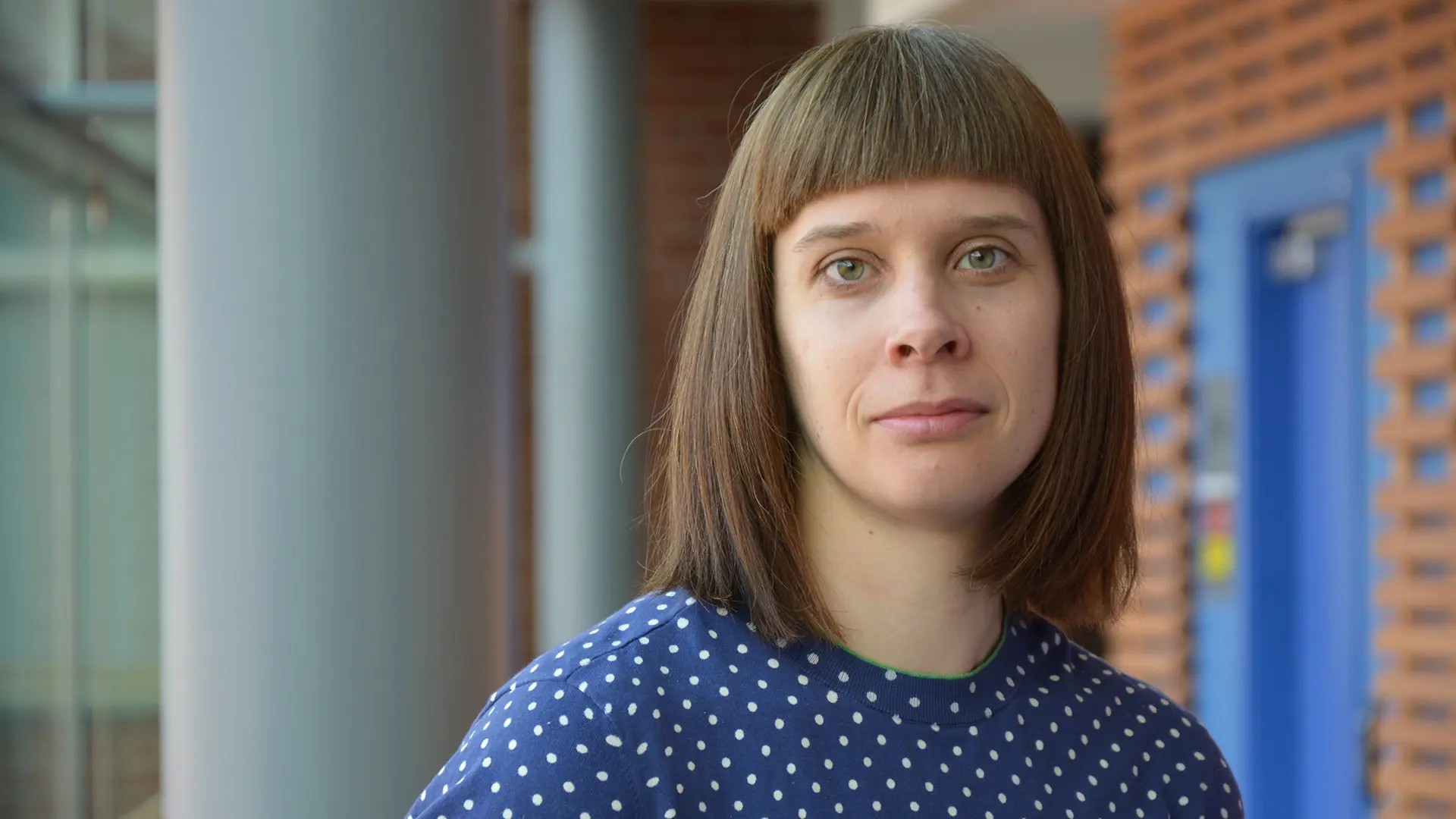
A machine learning model to optimize your performance and get you across the finish line with health intact. That’s what Moa Johansson, Associate Professor at the Computing Science division, is aiming for. Together with two master's students, she is involved in a project at the Department of Computing Science and Engineering.
This May, many people are looking forward to the return of Göteborgsvarvet, after two years of break due to the corona pandemic. Every year, approximately 40,000 runners struggle along with what the coordinators mean is the world’s biggest half marathon, and many have collapsed in exhaustion on both sides of the finish line.
Most often, they are on their feet after some rest and refill of fluid, but every year, a few people need medical assistance.
Moa Johansson, Associate Professor at the Department of Computing Science and Engineering, is together with the master students with amanuenses’ employments, Johan Lamm and Johan Attefors, collecting insights with the purpose to give athletes prerequisites to challenge themselves in the best possible way during a physical performance and at the same time minimize the risk of overworking to a point where they jeopardize their health.
"I am very interested in sport, so for me, it’s really fun to see how the techniques my own research is addressing, can contribute within sport", says Moa.
The study is performed in cooperation with Göteborgsvarvet, by analyzing data that has been collected for ten years and is accessible in Göteborgsvarvet’s database. In the database, values for end results and the participant's age and gender are registered. In addition, Moa, Johan and Johan have taken data about the weather conditions into account, to be able to see if there is something to learn from the connection between for example high temperatures and the number of people who "hit the wall".
A virtual AI-coach
As part of the project, they are working on a machine learning model. The purpose is, with its help, to be able to estimate the finishing time of a runner, and anticipate which runners risk overworking themselves, by drawing conclusions from the collected data.
In the future, Moa is visualizing the model being used in a more advanced product in line with the runner’s watches available on the market today, where more parameters like personal conditions, previous performance, and outdoor temperature can be combined with monitoring of the body’s functions, to help the runner to adjust the pace to what is individually suitable.
"Kind of like a virtual AI-coach that tells you when it’s time to slow down or increase speed or take a break to drink water one extra time", says Moa.
So, what are we doing wrong when the race ends with us "running into the wall"?
Often we seem to strain ourselves too much early on. Moa thinks that it partly comes down to a matter of prestige.
"People want to beat their own personal record, she says. And some people are keeping themselves on the border to what they can handle, even though they are not quite in the shape they were earlier in life."
There is a tendency in the middle-aged group to miscalculate their capacity. That is something not equally prominent in the older group and among the elite runners, who tend to run according to a different pattern.
About the project
The project is organized within the Health Engineering Area of Advance and is performed at the Department of Computing Science and Engineering at Chalmers University of Technology and the University of Gothenburg.
The project is a result of discussions between the GoCoActive cooperation, where Chalmers, University of Gothenburg, RF-SISU, GoCo Health Innovation City, and Göteborgs Friidrottsförbund have been participating actively. In spring 2022, a scientific paper is being written about the project.
By: Agnes Ekstrand